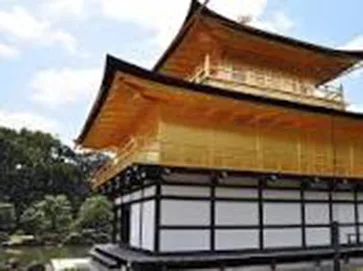Kinkaku-ji Temple of Japan a prominent Zen temple is modest in size but has proved to be an architectural Marvel because of many features. First is its enchanting location, second thing is about its history, third is the political patronage because of national adoption of Zen ideology, and fourth is its structure. The temple was originally built as a retirement villa of a shogun but became a Zen temple in the 15th century. Shoguns were hereditary military leaders appointed by the emperor. Their job was to mix with society and work for the emperor.
The temple existed through Heian (794-1185), Kamakura (1185-1333) and then the Muromachi period (1338-1573). The temple is one of the finest examples of architecture from the Muromachi period when Ashikaga shogunate ruleFd. In spite of political disorder during this period there was great cultural growth. Japan is famous for its art and minute details of the procedures to be followed during ceremonies with artistic proclivity. Unique Japanese art of the tea ceremony, flower arrangements and no drama were developed in this period. The ritual of tea drinking originated in China but was adopted and flourished during the Muromachi period in Japan. These have a great impact on architecture as well and are explicitly noticeable in the architecture of Kinkaku-ji temple.
The architectural style that developed during this period was simple and became the basis for the modern architectural style of Japan. The aristocratic style of architecture that prevailed in Japan prior to this period became simple and straightforward in the Muromachi period because of two reasons. One was the political unrest during this period and second was the influence of Zen Buddhism. Minimalistic approach was prevalent; thus minimalism in architecture was initiated during this period.
Art is an essential part of architecture. Its weave with society is very thick. The reflection of social harmony or of disruption is immediately evident in the styles that develop. Thus architecture is aptly called a mirror of society and offers the platform to study the various aspects of the society when it was constructed.



















Comments